Home>Articles>What Kind Of Circuit Is Needed For A Stacked Washer Dryer
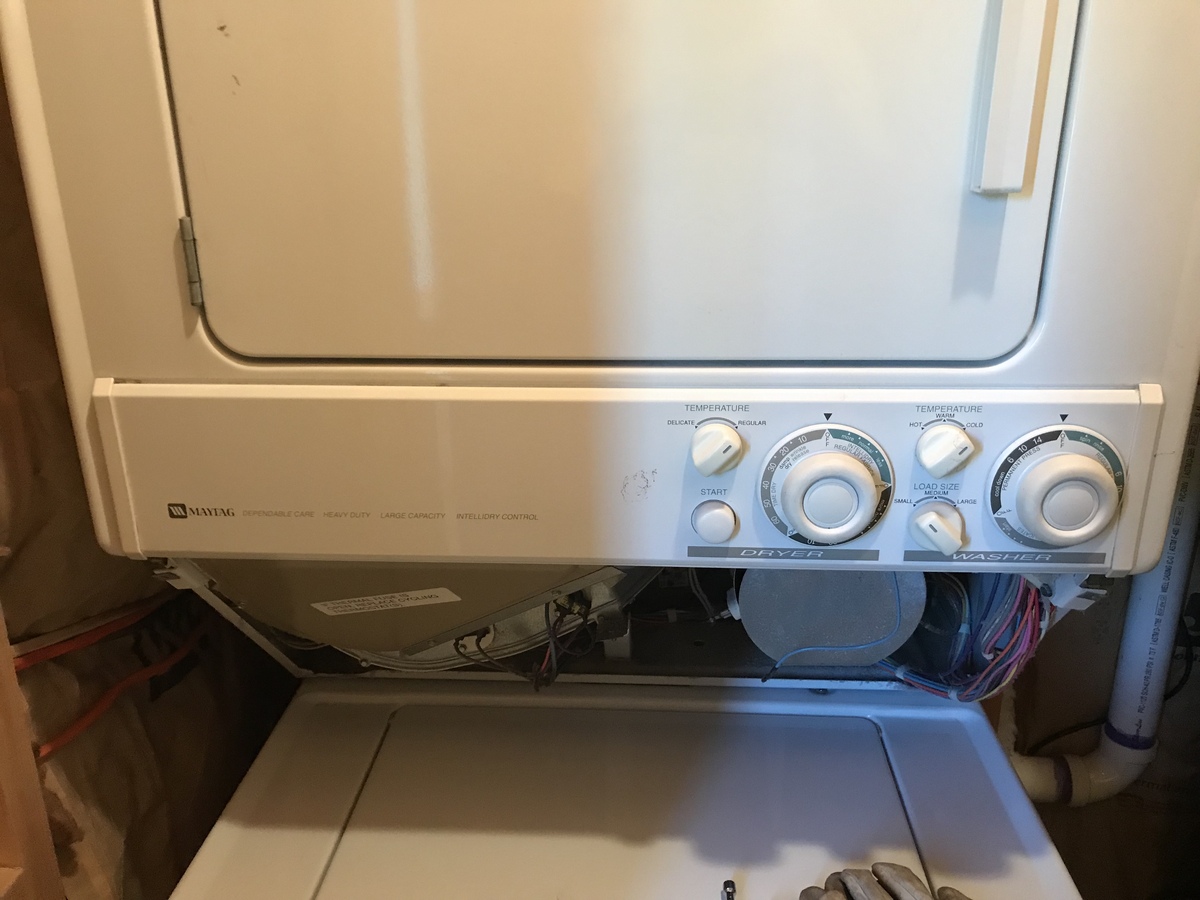

Articles
What Kind Of Circuit Is Needed For A Stacked Washer Dryer
Modified: May 6, 2024
Looking for articles about the circuit needed for a stacked washer dryer? Find comprehensive information and guidance on our website.
(Many of the links in this article redirect to a specific reviewed product. Your purchase of these products through affiliate links helps to generate commission for Storables.com, at no extra cost. Learn more)
Introduction
Modern living spaces often come with limited square footage, making it essential to maximize the efficiency and functionality of every appliance. When it comes to laundry, a stacked washer dryer unit can be a game-changer. These innovative appliances combine a washing machine and a dryer into a single compact unit, allowing homeowners to save space without compromising on laundry capabilities.
In this article, we will explore the various types of circuits required for a stacked washer dryer unit and discuss the benefits of opting for this space-saving laundry solution. We will also cover important wiring considerations, safety precautions, and common troubleshooting tips.
Whether you live in a small apartment, a condominium, or a house with limited laundry area, a stacked washer dryer unit can be an excellent choice. It not only saves space but also offers convenience and practicality.
Before we dive into the details, let’s take an overview of stacked washer dryer units and the advantages they offer.
Key Takeaways:
- Stacked washer dryer units offer space-saving, energy-efficient, and convenient laundry solutions for modern living spaces, combining washing and drying functions in a compact design.
- Proper installation, electrical safety, and timely troubleshooting are crucial for ensuring the safe and efficient operation of stacked washer dryer units, promoting reliable performance and durability.
Overview of Stacked Washer Dryer Units
Stacked washer dryer units are a space-saving laundry solution that combines a washing machine and a dryer into a single appliance. The washer is placed at the bottom, while the dryer is mounted on top, creating a vertical configuration that maximizes the use of limited space.
These units are typically designed for smaller living spaces, such as apartments, condos, or homes with limited laundry areas. By stacking the washer and dryer, homeowners can free up valuable floor space for other purposes.
Stacked washer dryer units come in different sizes and configurations to accommodate various laundry needs. Most models are front-loading, which is known for its energy efficiency, water savings, and gentle treatment of clothes. Some units also offer additional features like steam cycles, specialized wash programs, and smart technology integration.
One of the key advantages of a stacked washer dryer is its compact size. The vertical design allows the unit to fit into tight spaces, such as closets or corners, without sacrificing performance. This makes it an ideal choice for small apartments or homes where traditional laundry setups are not feasible.
Another benefit of stacked washer dryer units is their convenience. With both washing and drying functions in a single appliance, you can easily move clothes from the washer to the dryer without the need for manual transfers. This eliminates the hassle of waiting for one load to finish before starting another, saving you time and effort.
In addition to space-saving and convenience, stacked washer dryer units also offer the advantage of energy efficiency. By combining the washer and dryer functions, these units often have energy-efficient features like automatic load sensing, moisture sensors for optimized drying, and eco-friendly wash cycles. This not only helps reduce energy consumption but also lowers utility bills over time.
Overall, stacked washer dryer units are an excellent choice for anyone with limited space who still wants the convenience and functionality of a traditional laundry setup. These units offer efficient washing and drying capabilities while taking up minimal space, making them a practical solution for modern living.
Benefits of Stacked Washer Dryer Units
There are several advantages to choosing a stacked washer dryer unit for your laundry needs. Let’s explore some of the key benefits:
- Space-saving: The most notable benefit of stacked washer dryer units is their space-saving design. By stacking the washer and dryer vertically, these units take up significantly less floor space compared to traditional side-by-side setups. This is particularly beneficial for those living in smaller homes, apartments, or condos, where space is limited.
- Convenience: Stacked washer dryer units provide convenience by combining the washing and drying functions into a single appliance. This eliminates the need to transfer clothes from the washer to the dryer manually. With a stacked unit, you can seamlessly move your laundry from one cycle to the next without any additional effort.
- Energy efficiency: Many stacked washer dryer units are designed with energy efficiency in mind. These units often feature energy-saving technologies, such as automatic load sensing, moisture sensors, and eco-friendly wash cycles. By optimizing water and energy usage, stacked washer dryer units can help reduce your utility bills and minimize your environmental footprint.
- Flexible installation options: Stacked washer dryer units offer flexibility in terms of installation. They can be placed in various locations, such as closets, bathrooms, or kitchen areas. This versatility allows homeowners to create a laundry space that suits their specific needs and preferences.
- All-in-one functionality: With a stacked washer dryer unit, you have both washing and drying functions in a single appliance. This eliminates the need for a separate dryer, saving you the cost of purchasing and maintaining two separate machines.
- Gentle treatment of clothes: Stacked washer dryer units, especially front-loading models, are known for their gentle treatment of clothes. These units typically have features like tumbling wash motions and adjustable spin speeds, which minimize wear and tear on fabrics. This makes them ideal for delicate garments and reduces the risk of damage.
- No venting required: Some stacked washer dryer units are ventless, which means they do not require external venting. This is particularly beneficial for homes or apartments where installing a venting system is not possible or practical. Ventless units use condensation or heat pump technology to dry clothes efficiently.
Overall, choosing a stacked washer dryer unit offers numerous advantages, including space-saving, convenience, energy efficiency, and flexibility. These units provide an all-in-one laundry solution without compromising on performance, making them a popular choice for modern homes.
Types of Circuits Required for Stacked Washer Dryer Units
When installing a stacked washer dryer unit, it’s important to ensure that the appropriate electrical circuits are in place to power the appliance safely and efficiently. Depending on the specific model and its electrical requirements, there are generally two types of circuits that may be needed for a stacked washer dryer unit:
- 120V Circuit: Many stacked washer dryer units are designed to operate on a standard 120V circuit, which is the same as the regular household outlet. This type of circuit is commonly used for the washing machine component of the unit. It is important to note that a dedicated 120V circuit should be used for the washer to avoid overloading the circuit and to ensure optimal performance.
- 240V Circuit: Some stacked washer dryer units, especially those with powerful drying capabilities, may require a 240V circuit. This higher voltage circuit is typically utilized for the dryer component of the unit. A 240V circuit provides the necessary power to operate the dryer efficiently and effectively. It is crucial to have a dedicated 240V circuit specifically for the dryer to prevent electrical issues and potential damage to the appliance.
Before installing a stacked washer dryer unit, it is essential to consult the manufacturer’s specifications and guidelines to determine the exact voltage and amperage requirements for your particular model. This information can usually be found in the appliance’s user manual or on the manufacturer’s website.
To ensure proper installation and electrical safety, it is recommended to consult a licensed electrician or a professional installer who can assess your home’s electrical system and make any necessary modifications to accommodate the stacked washer dryer unit. They will be able to determine the appropriate circuit type, wiring, and outlet configurations required to meet the specific electrical needs of the appliance.
It is also important to consider local electrical codes and regulations when installing a stacked washer dryer unit. Compliance with these codes helps ensure safety and prevents electrical hazards. Consulting with a professional will help ensure that your installation is up to code and meets all necessary regulations.
In summary, the types of circuits required for stacked washer dryer units generally include a 120V circuit for the washer and a 240V circuit for the dryer. It is crucial to consult the appliance’s specifications and work with a professional installer to ensure that the electrical requirements are met, providing safe and efficient operation for your stacked washer dryer unit.
A 240-volt, 30-amp circuit with a 4-prong outlet is typically needed for a stacked washer dryer. It’s important to consult a licensed electrician to ensure proper installation and safety.
Determining the Voltage and Amperage Requirements
When installing a stacked washer dryer unit, it is crucial to determine the voltage and amperage requirements to ensure that the electrical system can safely and effectively power the appliance. Here are the key steps to determine the voltage and amperage requirements:
- Consult the manufacturer’s specifications: The manufacturer’s specifications provide essential information about the electrical requirements for the stacked washer dryer unit. These specifications can be found in the appliance’s user manual, on the manufacturer’s website, or on the sticker located on the unit itself. Look for details such as the required voltage and amperage ratings.
- Check the electrical panel: Examine the electrical panel in your home to determine the available voltage and amperage. The electrical panel typically includes circuit breakers or fuses that control the flow of electricity to different areas of the house. Locate the circuit breaker that corresponds to the laundry area and check its rating.
- Determine if a dedicated circuit is needed: A dedicated circuit means that the stacked washer dryer unit is the only appliance drawing power from that circuit. Most manufacturers require a dedicated circuit for their stacked washer dryer units to ensure optimal performance and prevent electrical overloads. If there is no dedicated circuit available, it may be necessary to install one to meet the appliance’s electrical requirements.
- Calculate the amperage requirement: To calculate the amperage requirement, divide the unit’s wattage by the voltage. The wattage can usually be found in the manufacturer’s specifications. For example, if the appliance requires 2400 watts and operates on a 240V circuit, the amperage requirement would be 10 amps (2400W / 240V = 10A).
- Consider voltage compatibility: It is important to ensure that the voltage supplied by the electrical system matches the voltage requirements of the stacked washer dryer unit. If the appliance requires 120V, make sure the circuit provides 120V. Similarly, if the appliance requires 240V, ensure that the circuit supplies 240V. Using an incorrect voltage can damage the unit and pose safety risks.
It is always recommended to consult a licensed electrician or a professional installer to assess your home’s electrical system and determine the exact voltage and amperage requirements for your specific model of stacked washer dryer. They have the expertise to ensure that the electrical system is properly configured to meet the appliance’s needs and comply with local electrical codes.
By accurately determining the voltage and amperage requirements, you can ensure the safe and efficient operation of your stacked washer dryer unit. This will help avoid electrical issues, optimize performance, and prolong the lifespan of the appliance.
Read more: How To Stack Washer And Dryer
Wiring Considerations and Safety Precautions
Proper wiring is crucial for the safe and efficient operation of a stacked washer dryer unit. Here are some important considerations and safety precautions to keep in mind:
- Hire a licensed electrician: It is recommended to hire a licensed electrician or a professional installer to handle the electrical wiring for your stacked washer dryer unit. They have the knowledge and expertise to ensure that the wiring is done correctly, in compliance with local electrical codes, and meets the manufacturer’s specifications.
- Use the appropriate wiring and connectors: Make sure to use wiring and connectors that are appropriate for the voltage and amperage requirements of the stacked washer dryer unit. This includes using the correct gauge of wire to handle the electrical load and choosing connectors that are rated for the required current.
- Ensure proper grounding: Grounding is essential for electrical safety. Ensure that the stacked washer dryer unit is properly grounded according to electrical codes and manufacturer’s guidelines. This helps protect against electrical shocks and ensures the safe operation of the appliance.
- Follow wiring diagrams and instructions: Refer to the manufacturer’s wiring diagrams and installation instructions for your specific model of stacked washer dryer. These resources provide step-by-step instructions on how to properly connect the electrical components and ensure safe operation.
- Check for any damaged or worn wires: Before connecting the stacked washer dryer unit to the electrical supply, inspect the wires for any signs of damage or wear. Damaged wires can pose safety risks and should be replaced before proceeding with installation.
- Use electrical components with proper certifications: When selecting electrical components, such as outlets, switches, and connectors, choose ones that are certified by recognized safety organizations. This ensures that they meet industry standards for safety and performance.
- Avoid overloading circuits: Ensure that the stacked washer dryer unit is connected to a circuit that can handle the electrical load. Overloading a circuit can cause electrical hazards, such as overheating and tripping circuit breakers. If necessary, install a dedicated circuit for the appliance to prevent overloading.
- Test the electrical connections: Once the wiring is complete, thoroughly test the electrical connections to ensure they are secure and properly functioning. This includes checking for proper voltage supply, ensuring that all wires are securely connected, and verifying that there are no loose connections.
- Keep the area around the electrical panel clear: To ensure easy access to the electrical panel for maintenance or emergencies, keep the area around it clear of obstructions. This allows for safe and efficient troubleshooting if any electrical issues arise.
- Practice electrical safety: When working with electrical components, always prioritize safety. Turn off the power supply to the area you are working in and use appropriate safety equipment, such as insulated gloves and tools. If you are unsure or uncomfortable with any aspect of the wiring process, consult a professional electrician.
By following these wiring considerations and safety precautions, you can ensure the proper installation and safe operation of your stacked washer dryer unit. Remember, electrical work should always be approached with caution, and when in doubt, seek professional assistance to avoid any potential risks.
Common Issues and Troubleshooting Tips
While stacked washer dryer units generally offer reliable performance, there may be times when you encounter common issues. Here are some troubleshooting tips for addressing common problems:
- Unit not powering on: If the stacked washer dryer unit is not turning on, check if it is properly connected to a power source and that the circuit breaker has not been tripped. Ensure that the power cord is securely plugged in and try resetting the circuit breaker if necessary.
- Inconsistent or no water supply: If the washer is not receiving water or the water supply is inconsistent, first check if the water valves are fully open. Make sure that the water hoses are not kinked or blocked. Additionally, check the filters on the water inlet valves for any debris and clean them if needed.
- Poor washing or drying performance: If the stacked washer dryer unit is not performing as expected, check that the load size is appropriate and evenly distributed. Overloading the unit can prevent proper cleaning or drying. Ensure that the detergent or fabric softener is being dispensed correctly, and clean the detergent dispenser if clogged.
- Loud noises during operation: Unusual noises, such as banging or squealing, can indicate a problem. Check for any loose objects, zippers, or buttons that may be causing the noise. If the issue persists, it may indicate a mechanical problem, and it is advisable to contact a professional technician for further inspection and repair.
- Foul odors: If there are unpleasant odors coming from the stacked washer dryer unit, it may be due to a buildup of bacteria, mold, or mildew. Run a cleaning cycle with a washer cleaner or a mixture of vinegar and baking soda to eliminate the odors. Regularly wipe down the door seal and leave the door open after use to allow the interior to dry thoroughly.
- Clothes not drying efficiently: If the drying performance is not optimal, ensure that the lint filter is clean and free from lint buildup. Improper ventilation or a clogged exhaust duct can also hinder drying. Check the exhaust vent for any obstructions and clean it if necessary.
- Error codes: Stacked washer dryer units often have error codes displayed on their control panels to indicate specific problems. Consult the user manual or manufacturer’s website to understand the meaning of the error code and follow the recommended troubleshooting steps to resolve the issue.
- Excessive vibration or shaking: Excessive vibration or shaking during operation can be caused by an unbalanced load. Make sure the clothes inside the drum are distributed evenly. If the problem persists, check if the unit is leveled properly. Adjust the leveling feet if needed to stabilize the unit.
- Leaks: If you notice water leaking from the stacked washer dryer unit, inspect the water hoses for any cracks or loose connections. Tighten the connections if necessary or replace damaged hoses. Also, inspect the drain hose and ensure it is securely connected and not clogged.
- Electrical issues: If you are experiencing electrical issues, such as frequent circuit breaker trips or power fluctuations, consult a licensed electrician to assess and troubleshoot the electrical wiring and circuitry of the stacked washer dryer unit.
If the troubleshooting tips mentioned above do not resolve the issue or if you are uncertain about performing any repairs yourself, it is recommended to contact a professional technician or the manufacturer’s customer service for assistance. They will have the expertise to diagnose and resolve any complex problems or perform necessary repairs.
Remember to always prioritize safety when troubleshooting or repairing your stacked washer dryer unit. If you are unsure or uncomfortable with any aspect of the troubleshooting process, it is advisable to seek professional help to avoid any potential risks.
Conclusion
Stacked washer dryer units are a practical and space-saving solution for homeowners with limited laundry areas or small living spaces. These innovative appliances combine both washing and drying capabilities into a single compact unit, maximizing efficiency and convenience.
In this article, we explored the different types of circuits required for stacked washer dryer units, including 120V circuits for the washer and 240V circuits for the dryer. Determining the voltage and amperage requirements is essential to ensure safe and efficient operation.
We also discussed the benefits of stacked washer dryer units, such as their space-saving design, convenience, energy efficiency, and flexible installation options. These units offer all-in-one functionality without compromising on performance.
When it comes to wiring considerations and safety precautions, it is crucial to hire a licensed electrician or professional installer to handle the installation process. By using appropriate wiring and connectors, ensuring proper grounding, and following electrical codes and manufacturer’s instructions, you can promote safety and prevent electrical hazards.
Lastly, we covered common issues that may arise with stacked washer dryer units and provided troubleshooting tips to address those problems. It is important to follow recommended troubleshooting steps and consult professionals when needed to ensure reliable performance and durability of the appliance.
In conclusion, stacked washer dryer units are an excellent choice for those seeking a space-saving laundry solution without sacrificing functionality. With careful installation, proper maintenance, and timely troubleshooting, these appliances can efficiently handle your laundry needs while optimizing the use of limited space in your home.
Remember to always prioritize safety and consult professionals when dealing with complex electrical or technical issues. By doing so, you can enjoy the benefits of a stacked washer dryer unit and maintain a smoothly running laundry routine in your living space.
Curious about upgrading your laundry setup? Dive into our latest article on cutting-edge washer dryer combos. Discover features that redefine laundry efficiency, design, and eco-friendliness. Don't miss insights into the best picks for 2024 that align perfectly with your home and lifestyle needs. Ready to transform how you handle laundry? Check out our detailed guide now.
Frequently Asked Questions about What Kind Of Circuit Is Needed For A Stacked Washer Dryer
Was this page helpful?
At Storables.com, we guarantee accurate and reliable information. Our content, validated by Expert Board Contributors, is crafted following stringent Editorial Policies. We're committed to providing you with well-researched, expert-backed insights for all your informational needs.
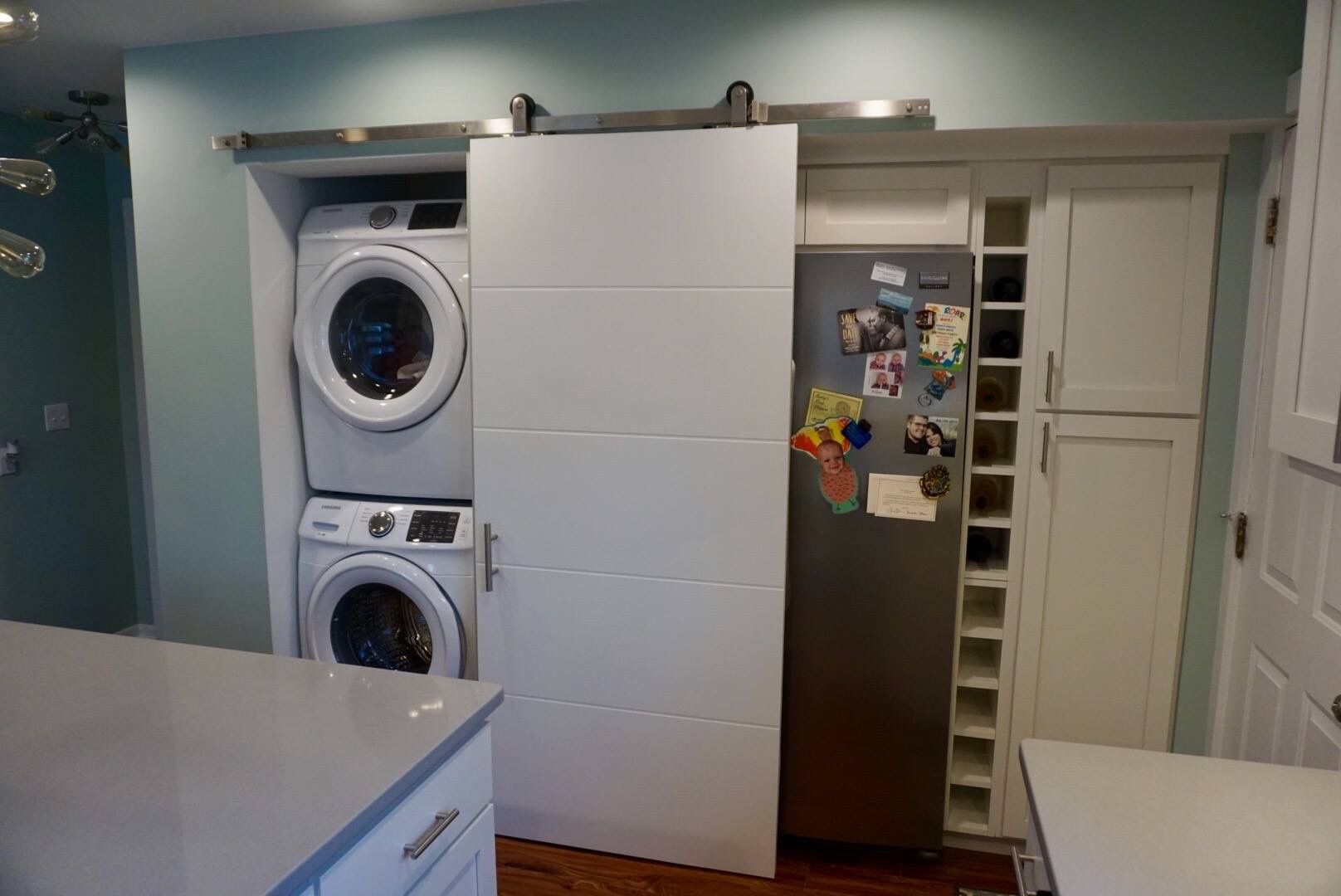

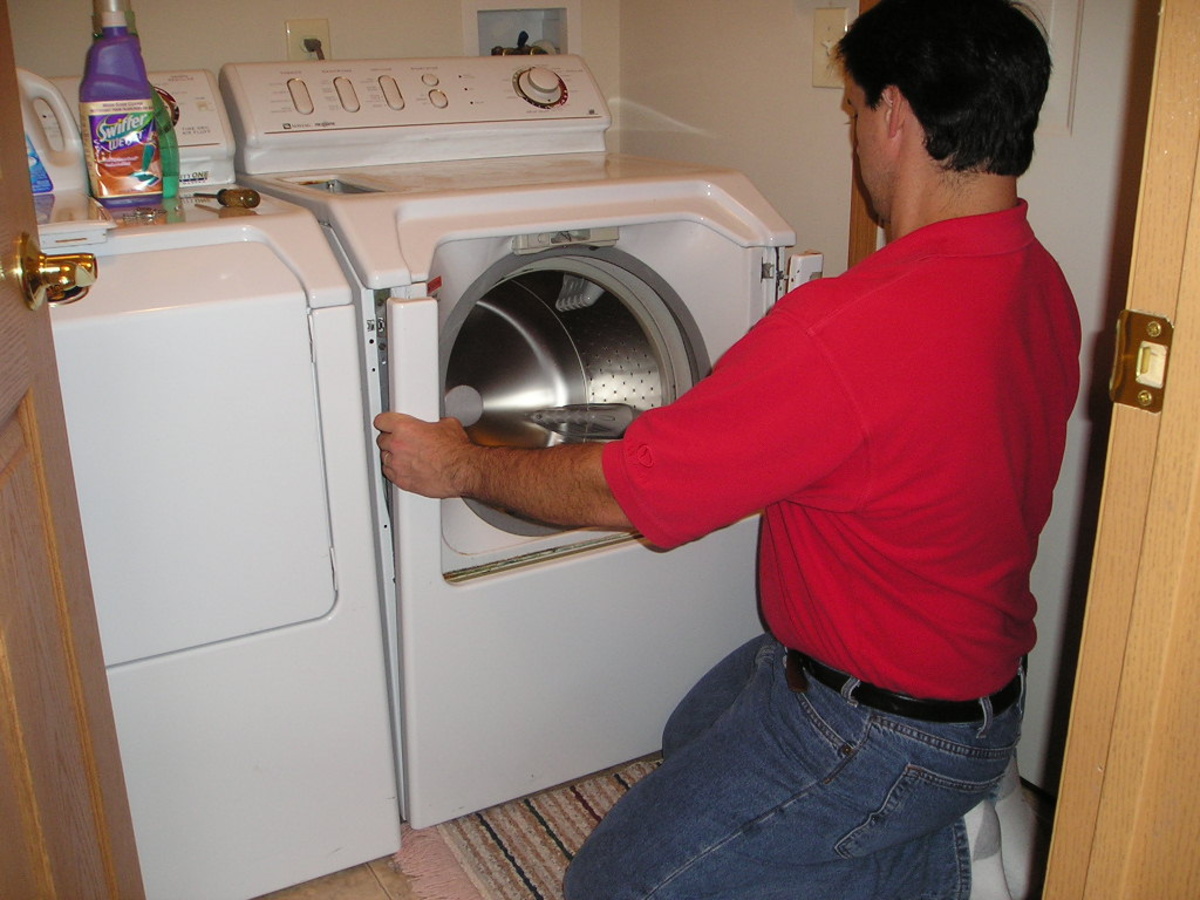
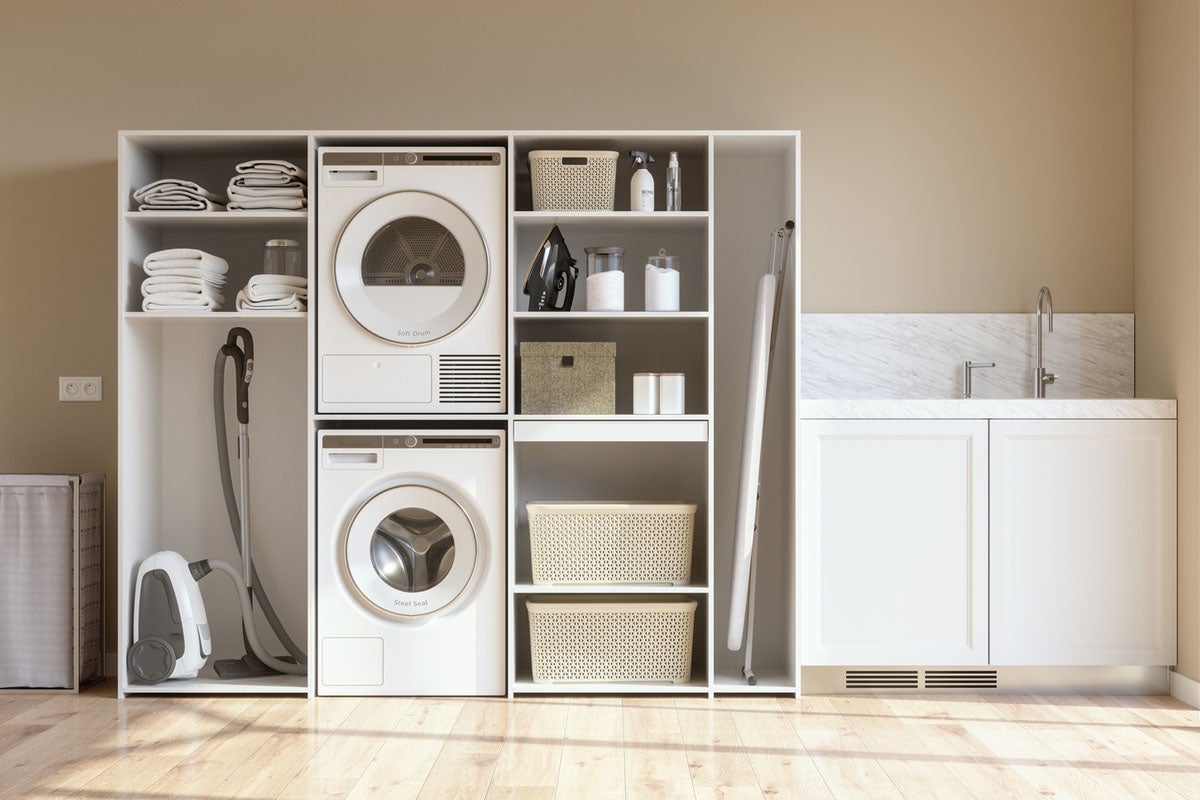
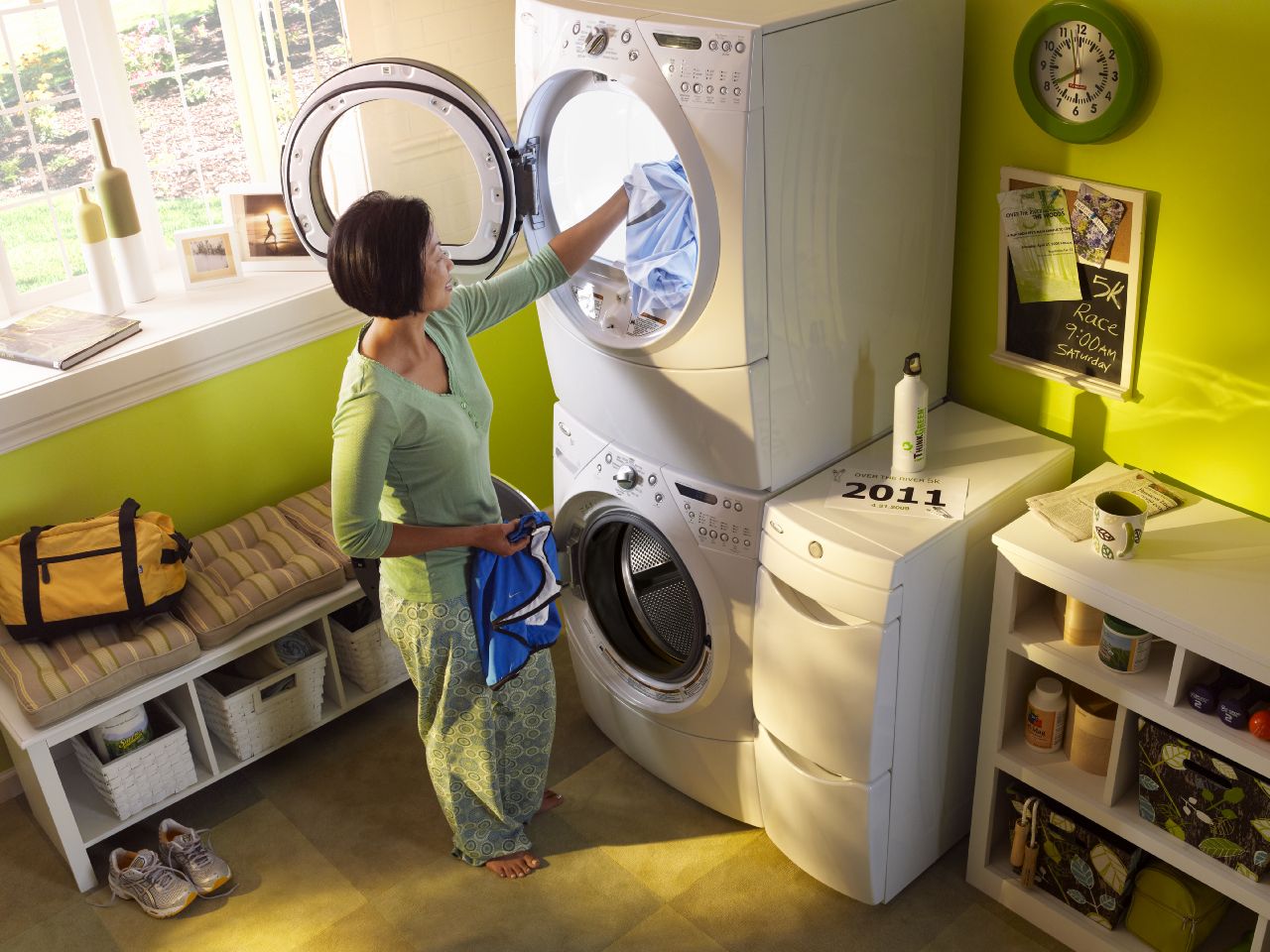
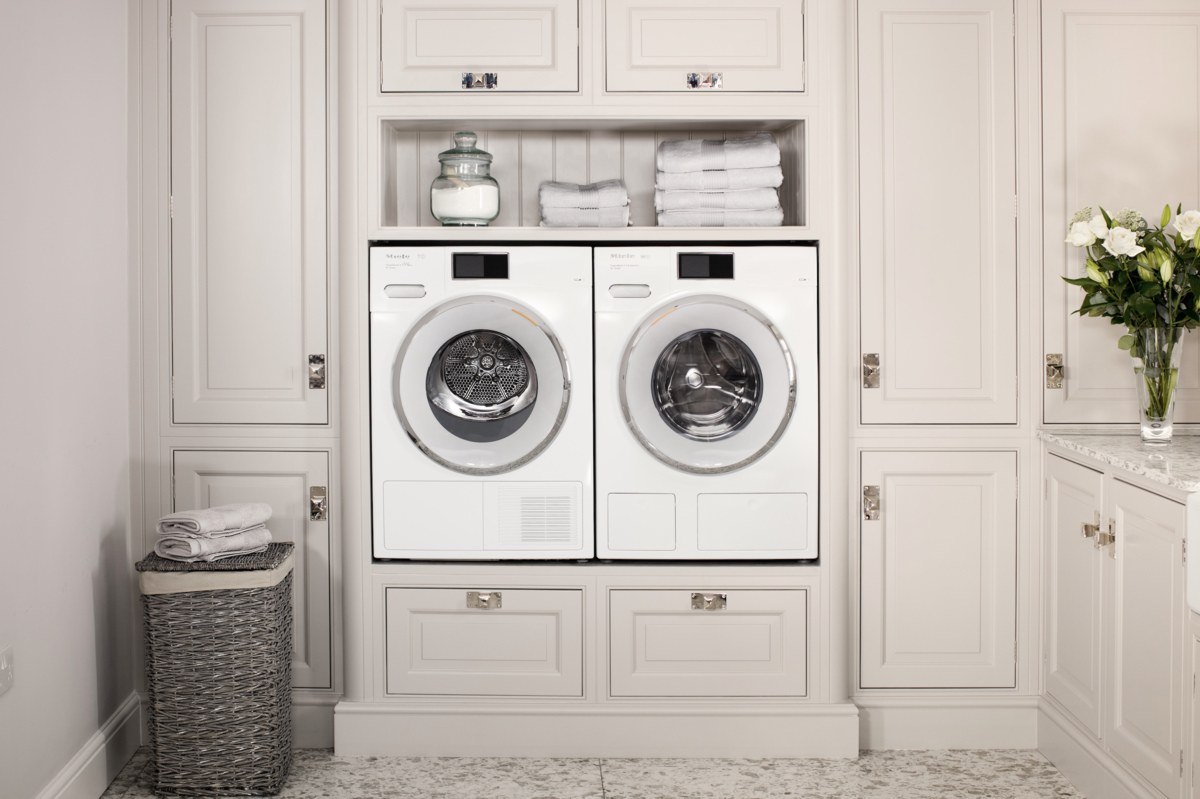
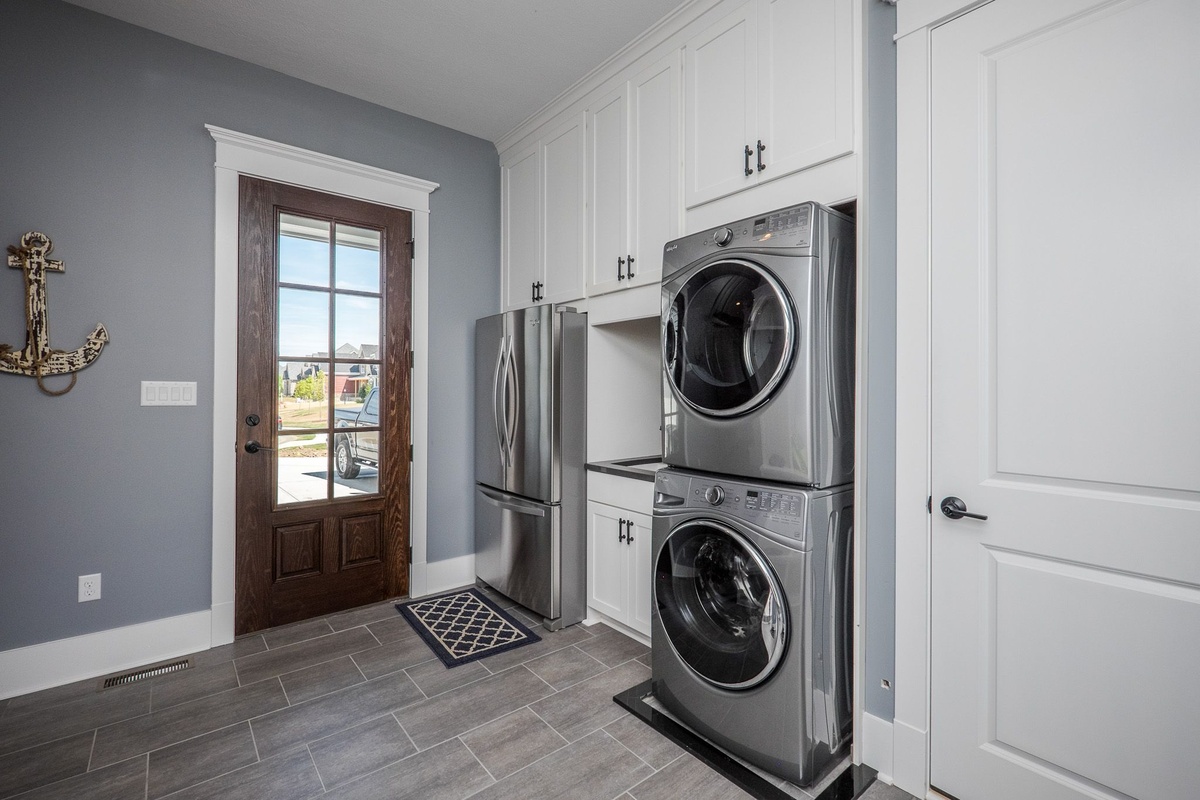
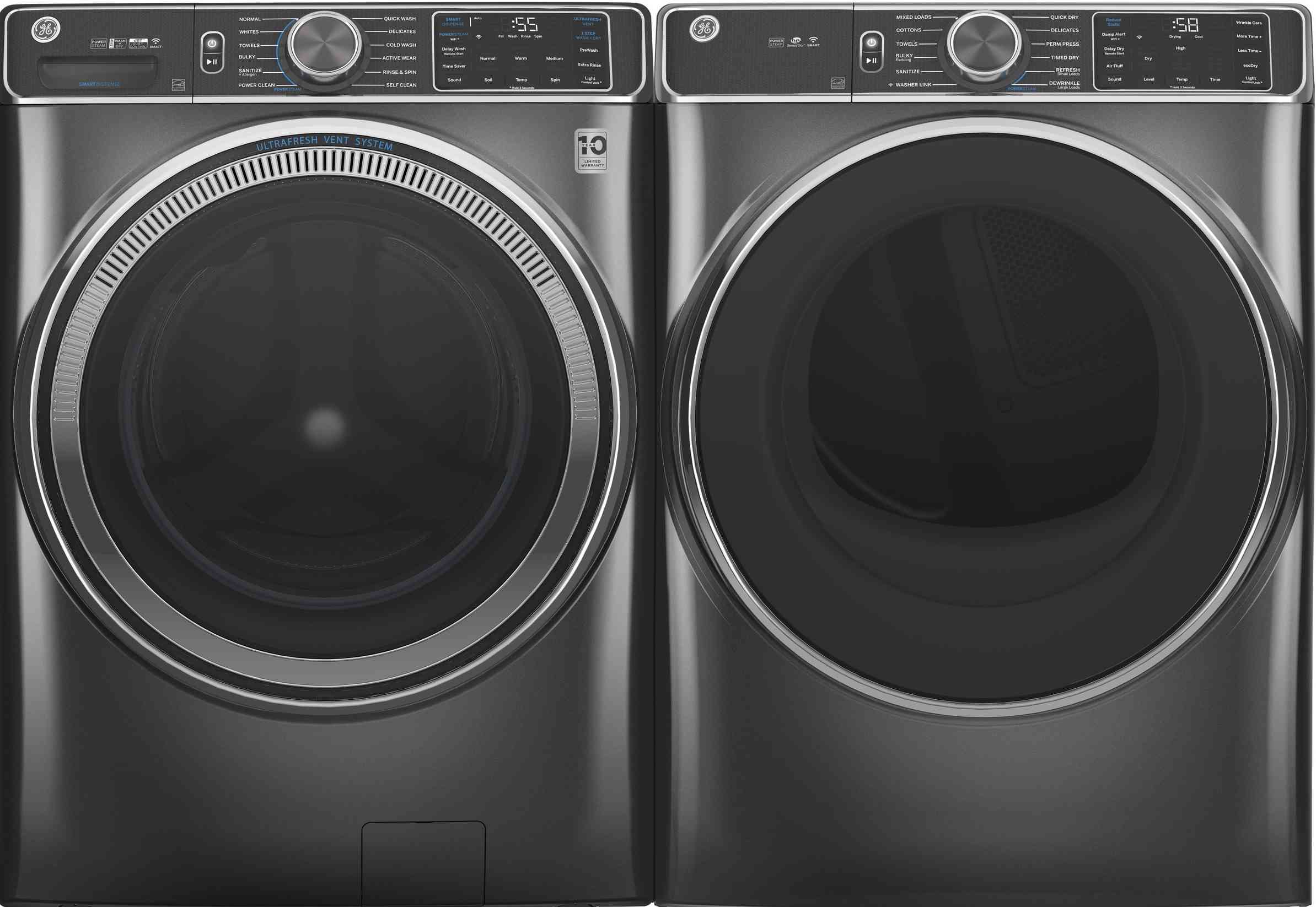
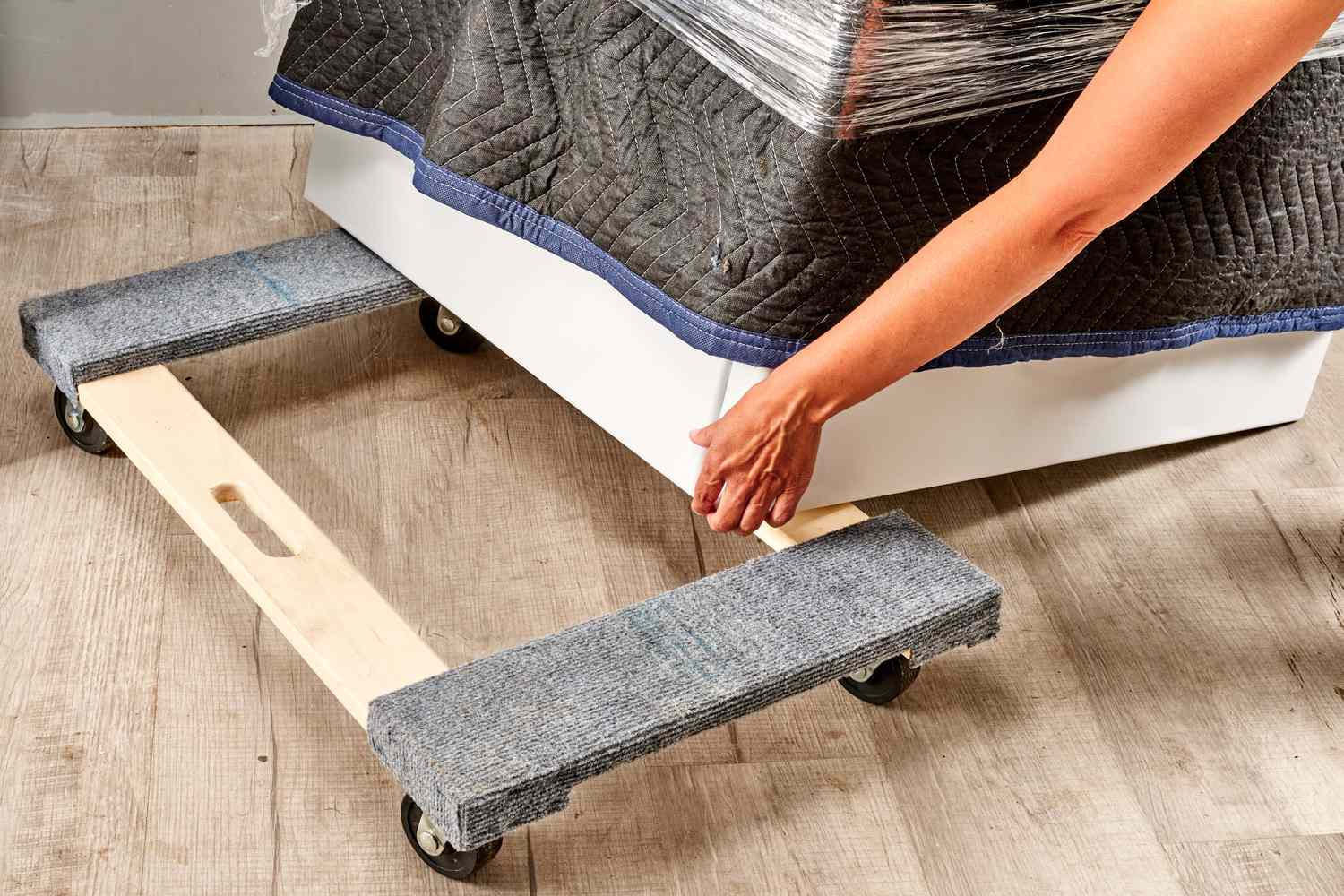
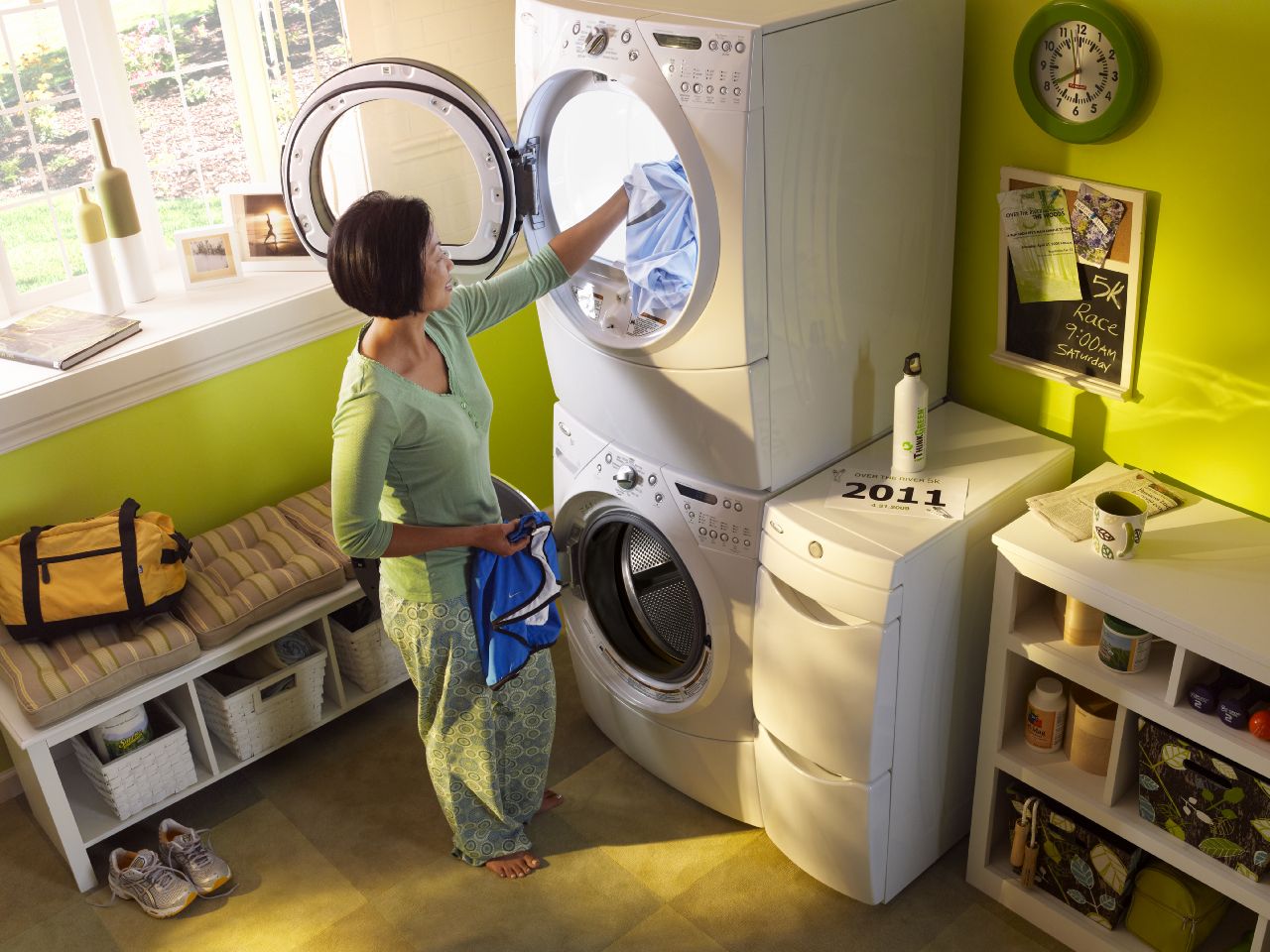

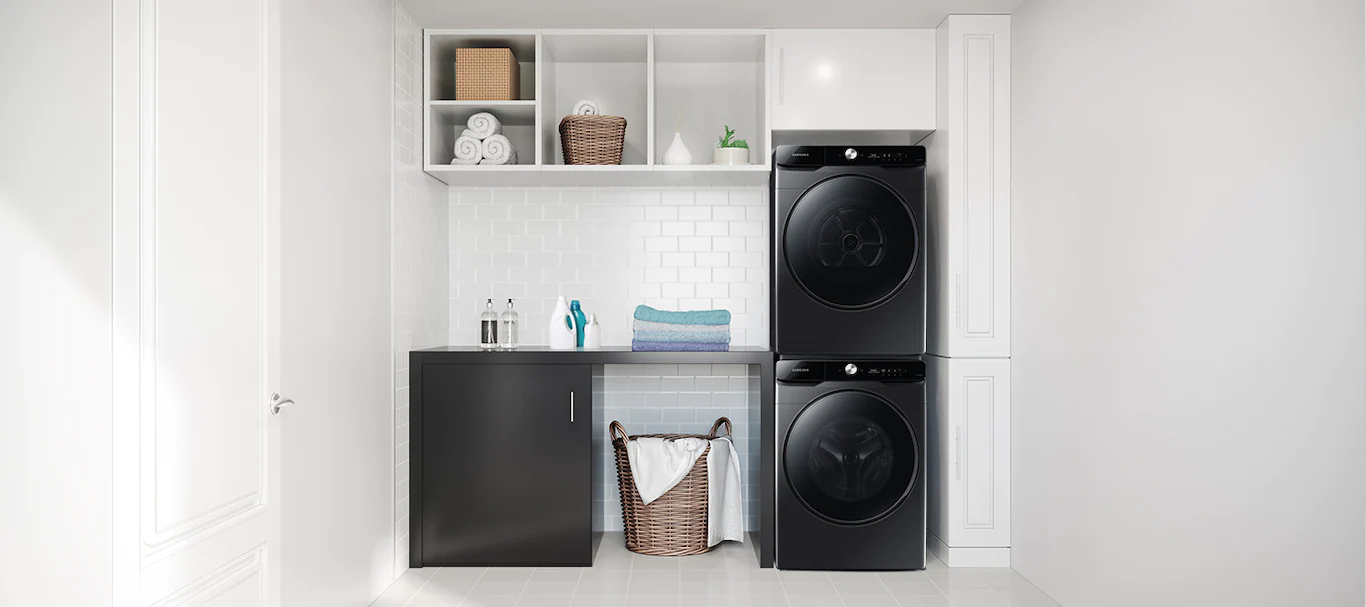
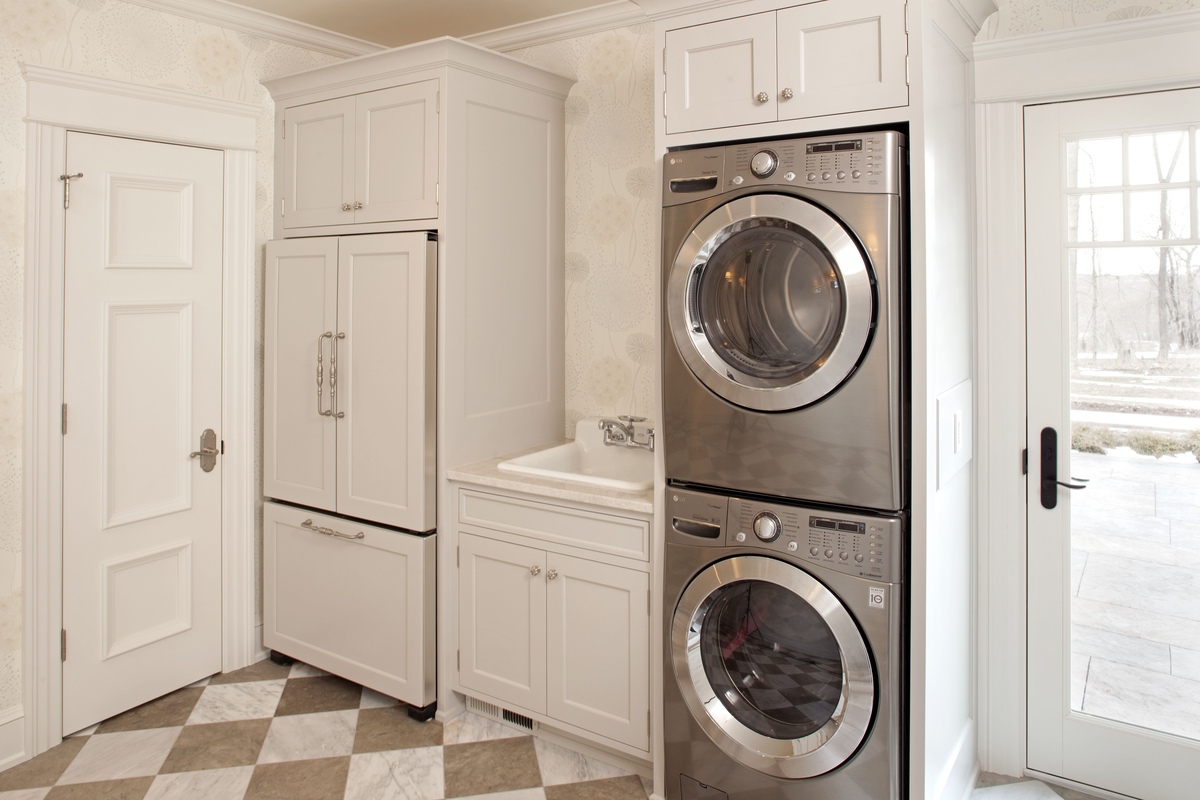
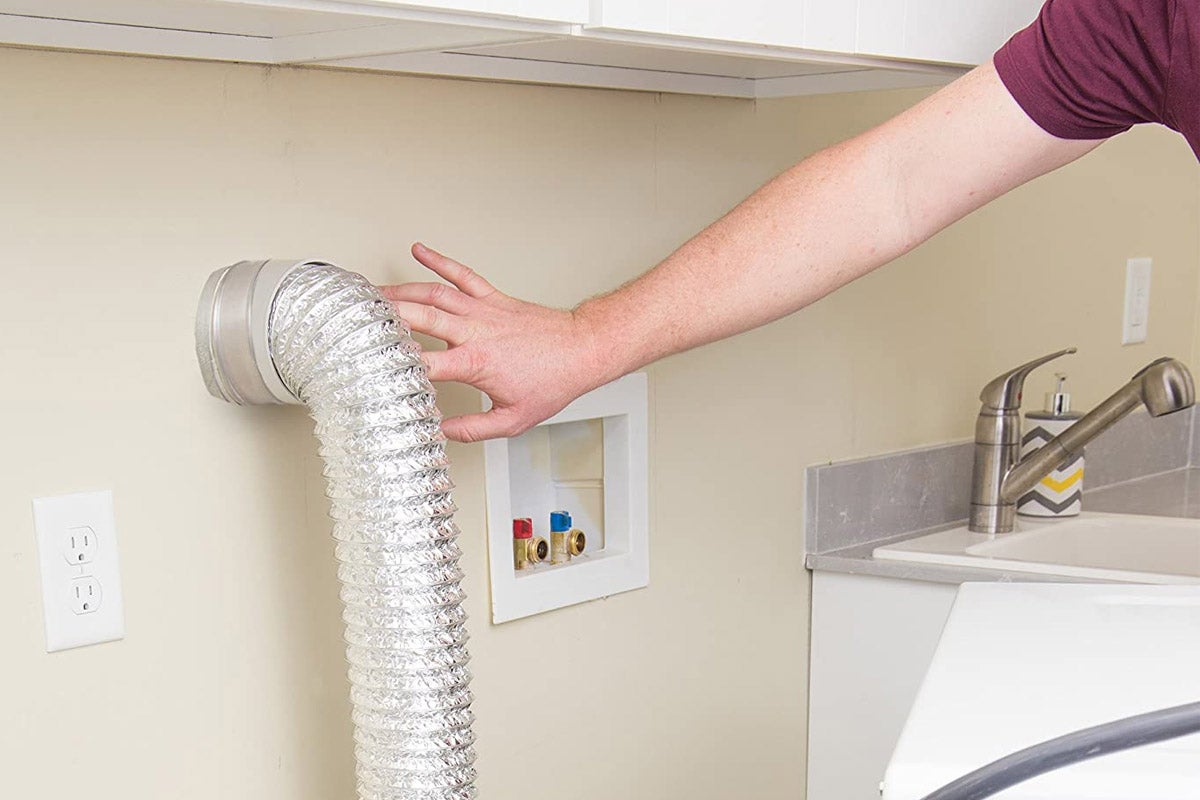

0 thoughts on “What Kind Of Circuit Is Needed For A Stacked Washer Dryer”